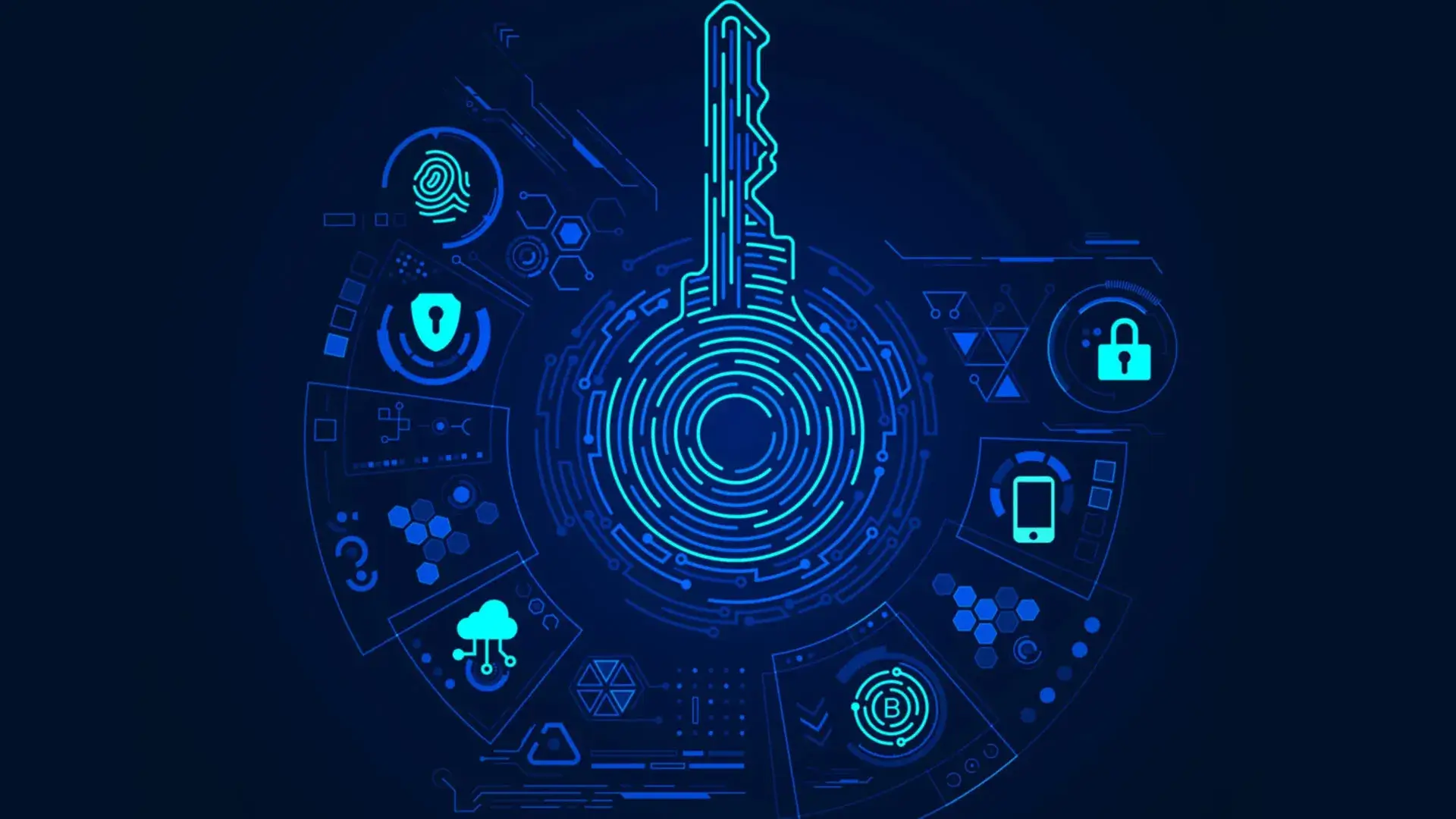The looming threat of quantum computers has spurred significant activity in the field of cryptography. Experts are racing against time to develop and deploy cryptographic solutions capable of withstanding attacks from these powerful machines, ensuring data security in a post-quantum world. Traditional encryption methods, which rely on mathematical problems that are difficult for classical computers to solve, are vulnerable to quantum algorithms like Shor's algorithm. This vulnerability necessitates the development and implementation of post-quantum cryptography (PQC), also known as quantum-resistant cryptography.
Several organizations and governments are taking proactive steps to address this challenge. The UK's National Cyber Security Centre (NCSC) has issued guidance with a three-phase timeline for organizations to transition to quantum-resistant encryption methods by 2035. This guidance encourages early adoption of PQC to mitigate risks and ensure a smooth transition. The NCSC emphasizes that migrating to PQC involves deploying quantum-resistant algorithms before attackers can exploit vulnerabilities. The phases include identifying cryptographic services needing upgrades by 2028, executing high-priority upgrades between 2028 and 2031, and completing the migration by 2035.
Similarly, China Telecom Quantum Group has launched what it claims is the world's first commercial cryptography system resistant to quantum computer hacks. This system integrates Quantum Key Distribution (QKD) and Post-Quantum Cryptography (PQC) to create an end-to-end quantum-secure architecture for real-time communication, data protection, and identity authentication. They have also completed a 1,000km quantum-encrypted phone call using this system. China Telecom has built quantum metropolitan area networks in 16 cities, forming a nationwide quantum-secure communication backbone.
Various tech companies are also contributing to the development and deployment of PQC. Google Cloud has introduced quantum-safe digital signatures in its Cloud Key Management Service (KMS). Google Chrome is also switching to NIST-approved ML-KEM quantum encryption. Zoom has added post-quantum end-to-end encryption to video meetings. Apple has added PQ3 quantum-resistant encryption to iMessage. Microsoft has published an open-source project called "PQCrypto-VPN" that implements PQC with OpenVPN.
The National Institute of Standards and Technology (NIST) has released the first encryption standards designed to resist quantum computing-based cyberattacks. These standards leverage new techniques based on mathematical problems that quantum computers struggle to solve. STMicroelectronics has introduced hardware cryptographic accelerators and software libraries for microcontrollers, enabling embedded systems to resist quantum attacks.
Preparing for post-quantum cryptography involves assessing risk exposure and creating mitigation plans. A recommended approach is to use hybrid solutions that combine classical and quantum-safe algorithms. Crypto-agility, the ability to quickly change protocols, keys, and algorithms, is crucial for adapting to evolving cryptographic threats. Organizations should evaluate their crypto inventory, plan for a quantum-safe architecture, and support new algorithms.
The transition to a post-quantum world requires collaboration between governments, organizations, and technology providers. Early planning, investment in PQC technologies, and proactive measures are essential to safeguard sensitive data and maintain security in the face of advancing quantum computing capabilities.

















